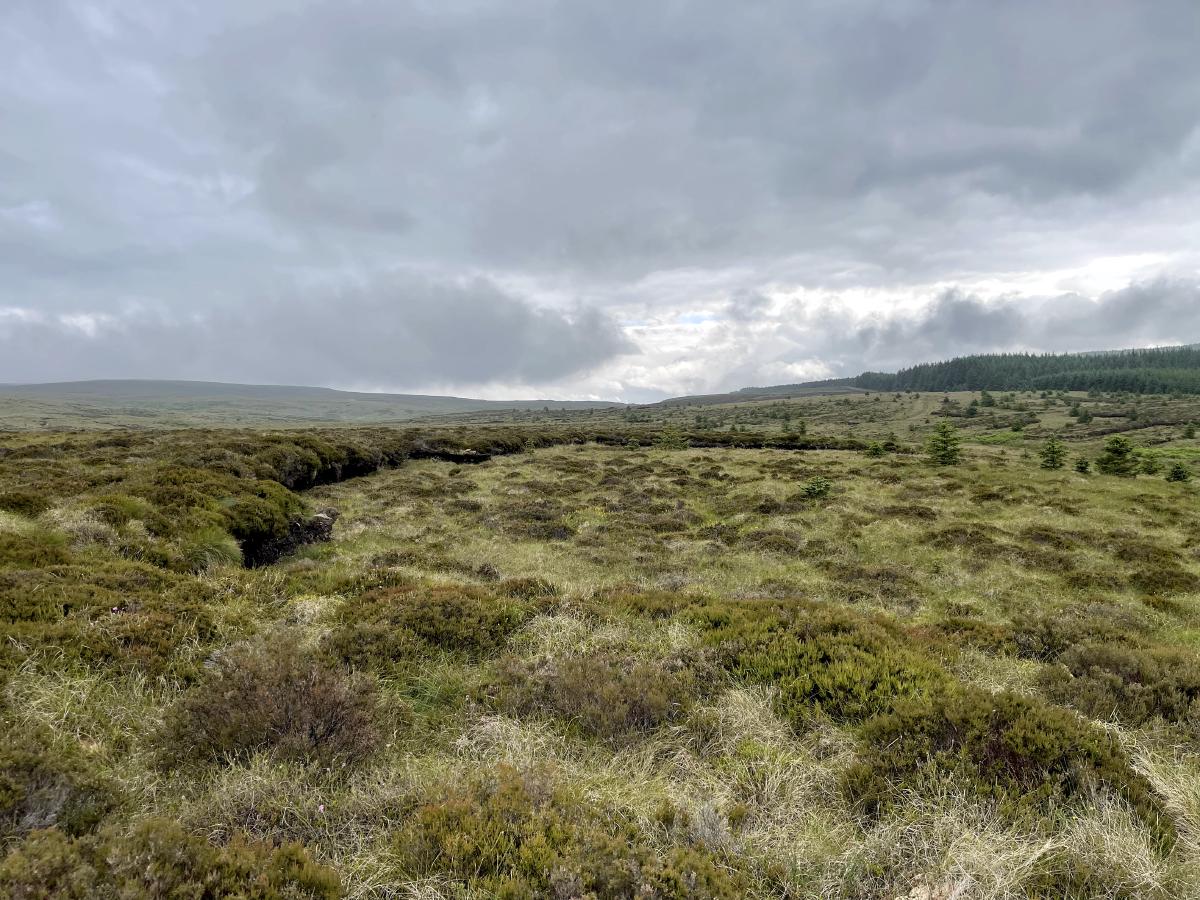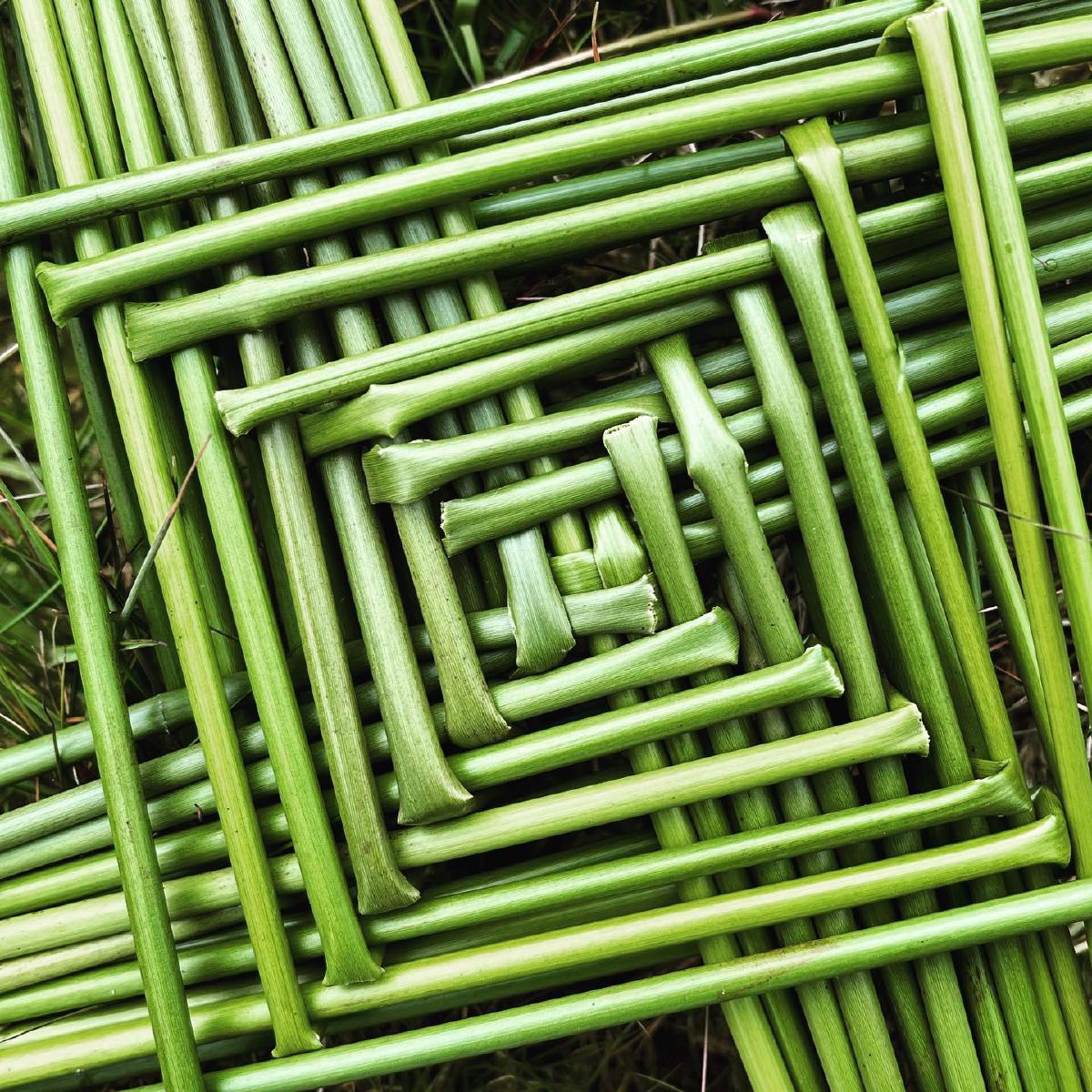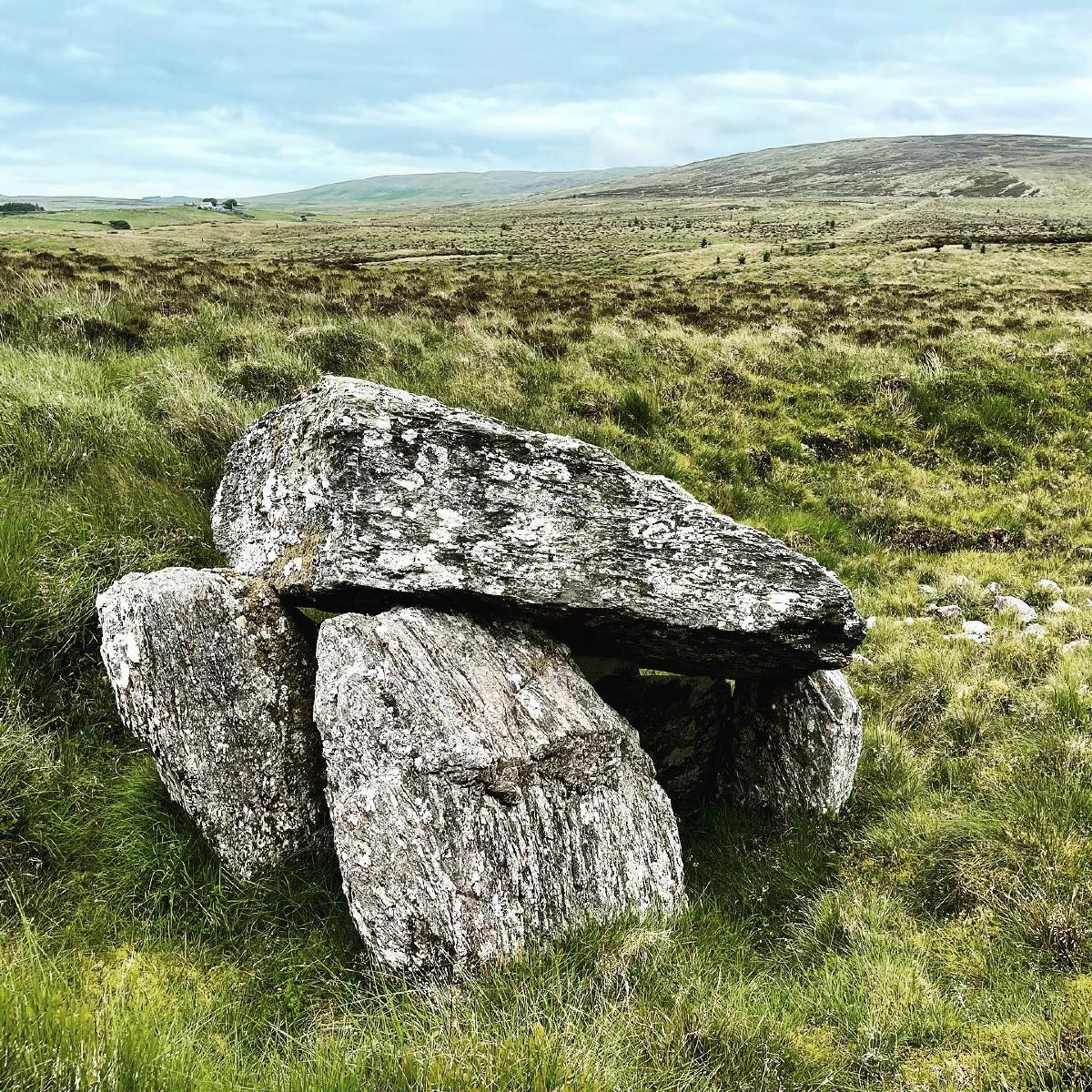Like many working class families, we used to cut turf for our fires in the winter. A visit to an old peat bog brings back some childhood memories…
As you drive the Ballycastle to Cushendall road, just on the edge of Ballypatrick Forest, there’s an abandoned peat bog. It’s not signposted. It does not encourage visitors. And if you’ve reached the Vanishing Lake, then you’ve already missed it.
It’s been easily 30 years since I’ve visited this place. Christ, am I really that old? We cross the precarious little concrete bridge that once gave access to tractors and hop the metal gate. What used to be a stony track is thoroughly overgrown now. It’s been some time since any vehicle has journeyed through this place.
Why are we here? A nostalgia trip. A return to a boyhood place. A little indulgence. Back before oil heating was ubiquitous, families like ours would throw on shabby old clothes, welly boots and pack a picnic and head for The Moss. We would spend the spring and summer months preparing the fuel for the winter.
The Cutting of the Turf
Cutting turf was a big event. From what I remember, the family would rent a plot of earth from whoever owned the land. Over evenings and weekends, we would trek to The Moss.
First, you’d take off the top layer of vegetation. This would expose the peat underneath. Using a right-angled shovel called a sleán in Irish, the adults would cut out long strips of wet turf and throw them up on the bank above. That’s where the kids came in - we’d pick up these and lay them out further away to dry.

Cutting complete, the work continued. It was a bloody slow process. You prayed for good weather to dry out the turf. You’d come back regularly to turn the turf so that it dried out evenly. When the turf had a decent crust on it, you could ‘foot’ it - which meant stacking it in a castle-type formation or a little teepee style. This allowed the air to circulate around the turf and speed up the drying.
It was backbreaking work for the adults, who’d already done a day’s labour before having dinner and heading out to cut turf. For the kids, it was an adventure - racing across the heathers, whacking things with sticks, jumping over streams and making mud pies from wet peat. On the odd occasion, cousins would come along to help out. You’d stop after a couple of hours for cheese sandwiches, Blue Ribband biscuits and a slug from a big diluted bottle of Quosh. Or Fanta if you were really lucky.
Once the turf was thoroughly dried, the really exciting part began. You’d bag the peat up in heavy duty fertilizer bags. For townies like us, we had to borrow an uncle’s tractor and trailer. The deal was, you could take the tractor for a day in return for a day or two’s labour in August when Vinny was drawing in the hay. Once your trailer was loaded, you’d ‘draw’ the turf home and the kids would typically ride on top of the trailer as it went through town. Dirty faced, torn trousers, waving to the drivers that followed. Not a care in the world.
When you got the turf home, the garage was stacked almost to the roof with the winter’s fuel. For our family - and doubtless others - the tradition of cutting turf ended with my father’s generation. Oil fired central heating took over and I’m sure the adults were thankful for that. It’s interesting to reflect that a quintessential part of Irish tradition has gone away, replaced with more convenient methods.
Stepping Back in Time
So fast forward to a July afternoon in 2021. There’s a bleak mist rolling in over the hills. The Vanishing Lake has emptied. The sky is mumbling a vague threat of rain.
We stow the car in a roadside layby and make our way on foot. We hop that gate I mentioned and follow the track which is barely recognisable now. That said, it doesn’t take long to orient myself. We cross a little stream which randomly has a half-deflated balloon languidly rolling in it. The carcass of a sheep lies off to the other side. I don’t think the two things are connected.
Further out, the track becomes less clear. For a moment I think we’ve taken a wrong turn, but the familiar pattern of peat banks finally comes into view. I trudge across the land toward a familiar looking spot. The notion of bounding across the heather comes across me. It isn’t long before the inner child is released, leaping over things and falling backwards into the springy heather.

It seems cliche to say it, but returning to this place after 30-odd years was intensely soothing. The further we drifted from the road, the more the sound of nearby motorcycles receded. Mobile signal was fading. There was a real sense of stepping away from civilisation for a while. I found a dry spot on a bank of earth and lay for a while, absorbing the sound of the nearby stream while my companion made a St Brigid’s Cross from rushes. For the best part of an hour, we were bog people. Well, bog people with iPhones.
After a while, I took a wander up and discovered the family plot - a familiar bank of earth, a slope made of cracked peat, and an enormous boulder opposite confirmed that this was the place. Nothing other than pure nostalgia to connect me to this place, but what a powerful feeling it was. Is it a kind of mental exfoliation, I wonder? Something in that connection with a place that strips you back to a former self - less tired, less stressed, more hopeful? I don’t know. Either way, I walked away completely rejuvenated, feeling like the next time I’m overwhelmed, stepping back into The Moss would restore me.
A Discovery: Ballyvennaght Portal Tomb
That boulder I talked about? It wasn’t a boulder. Never was.
All those years our family visited this place, we never gave it a thought. But as an adult, a lone gray stone that size seemed unusual. It was time to investigate.
As we approached, the ‘boulder’ slowly started to take on a familiar shape. It was actually the capstone of a portal tomb. One of a pair, in fact. Some swift Googling revealed that it was known as Ballyvennaght Portal Tomb or alternatively Cloughananca. Here’s a description from Megalithic Portal
A pair of portal-tombs lie about 20 metres apart. The westernmost tomb is a fine example, with a large capstone about 3 metres across. and a sill-stone. One side-stone is missing. The portal stones are 1.5 metres high. Between this tomb and the second, which has collapsed under the weight of its capstone, traces of the cairn which contained them both can still be seen.

Incredible to think that for years we had cut turf here, not far from a neolithic burial chamber. Blissfully unaware that the bones of the previous inhabitants were nearby. Totally unaware of any historic significance of the site. I wonder if my father knew, and the adults somehow kept us away from the spot.